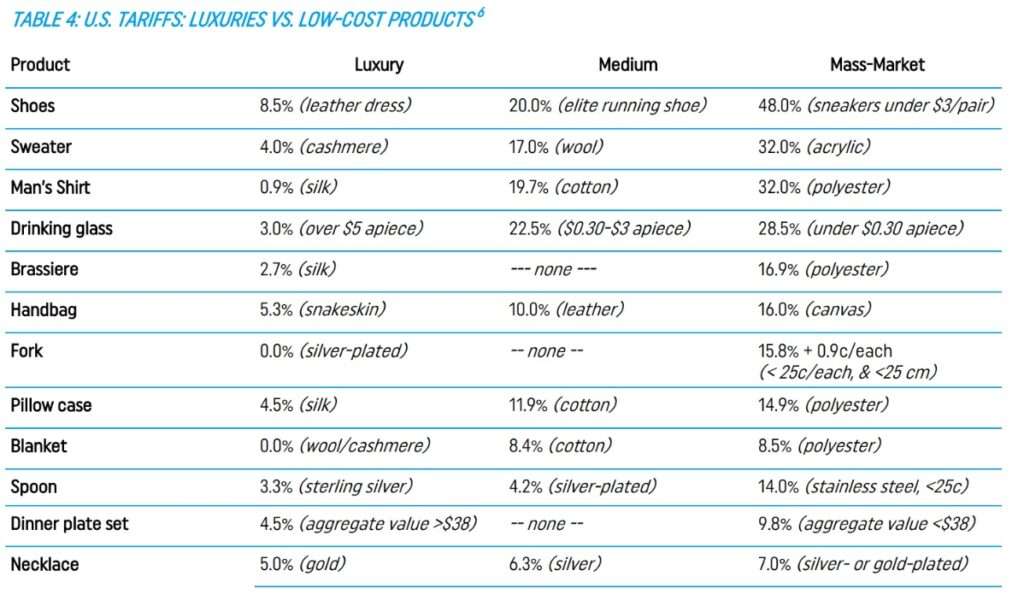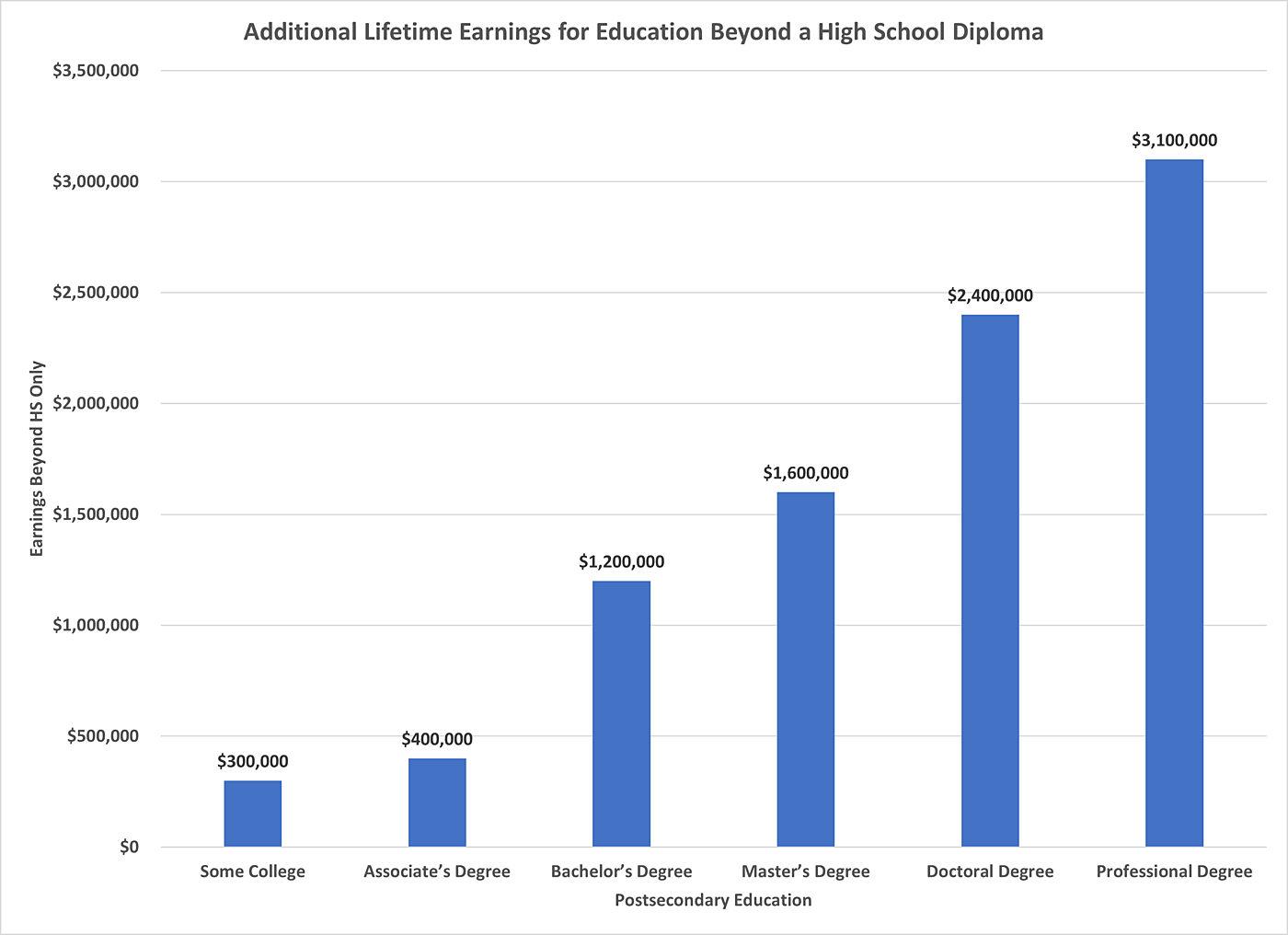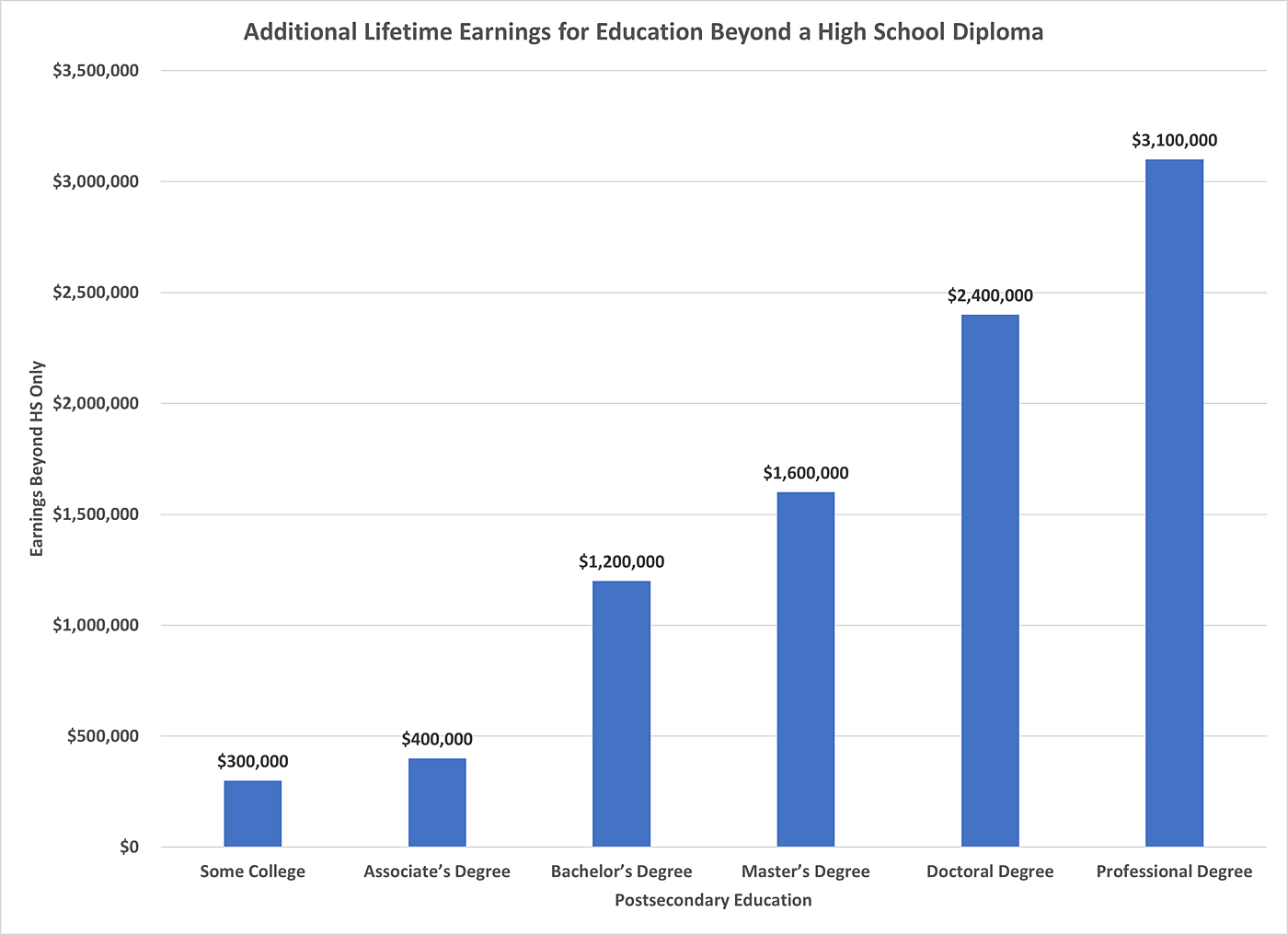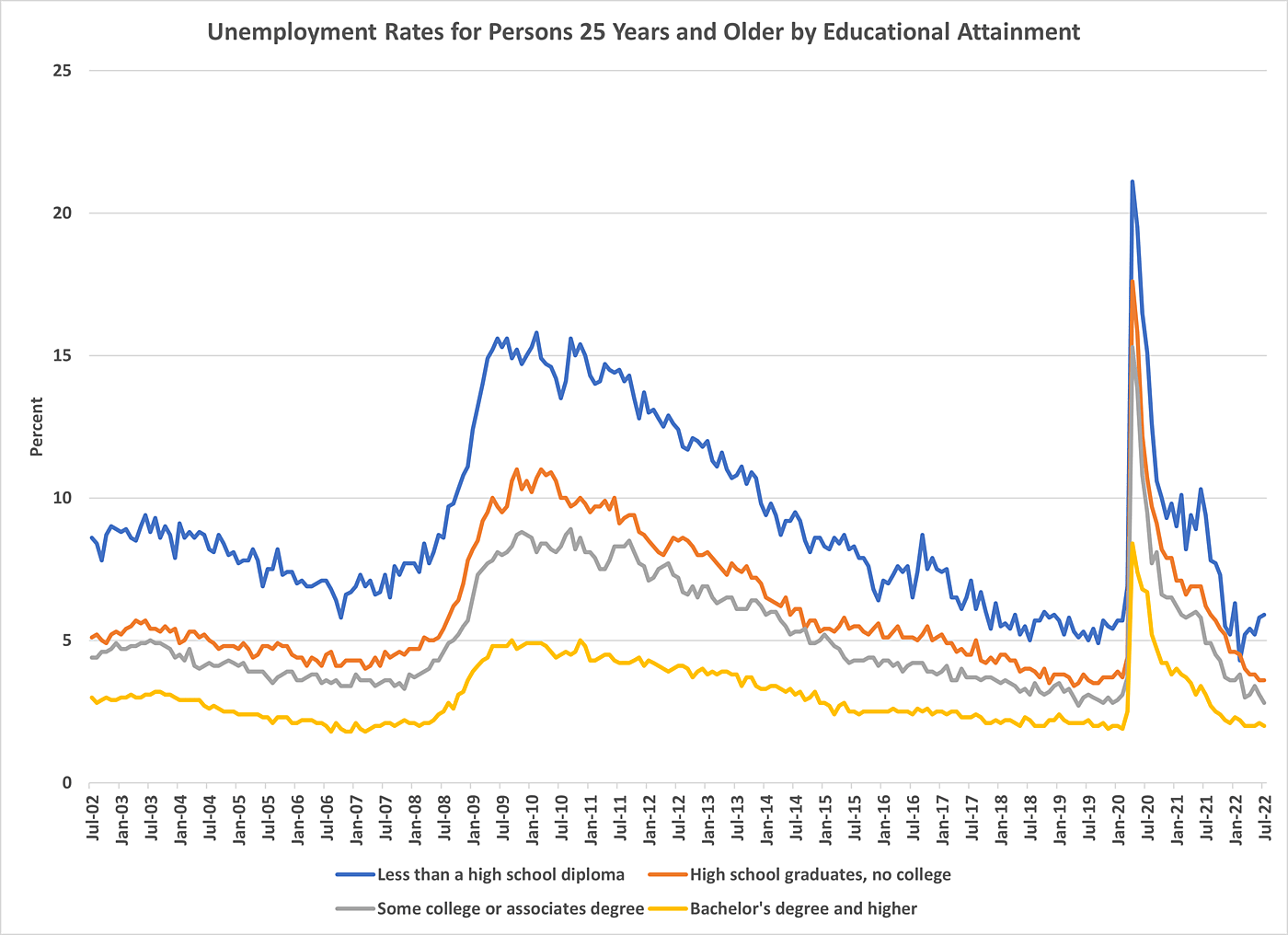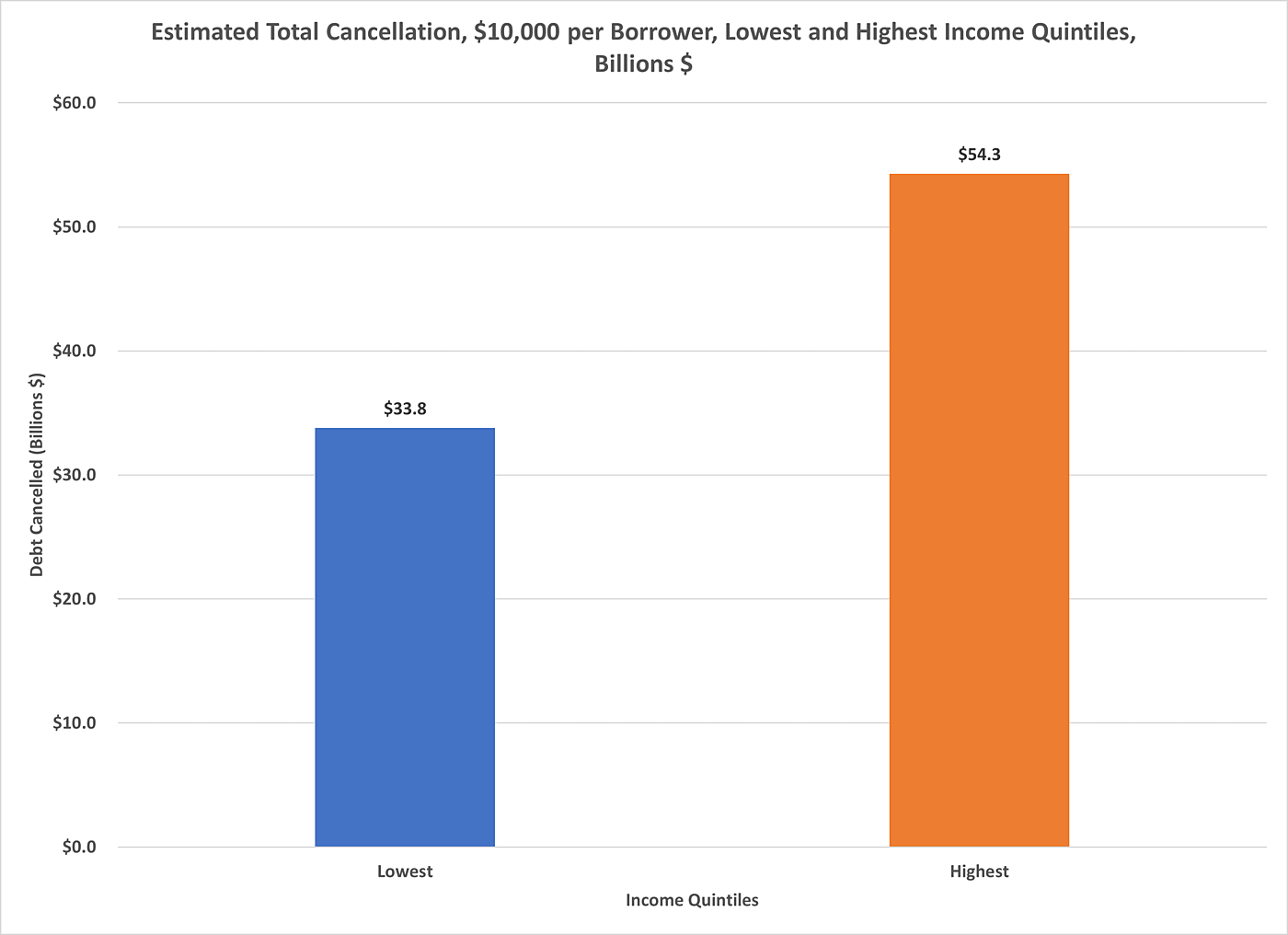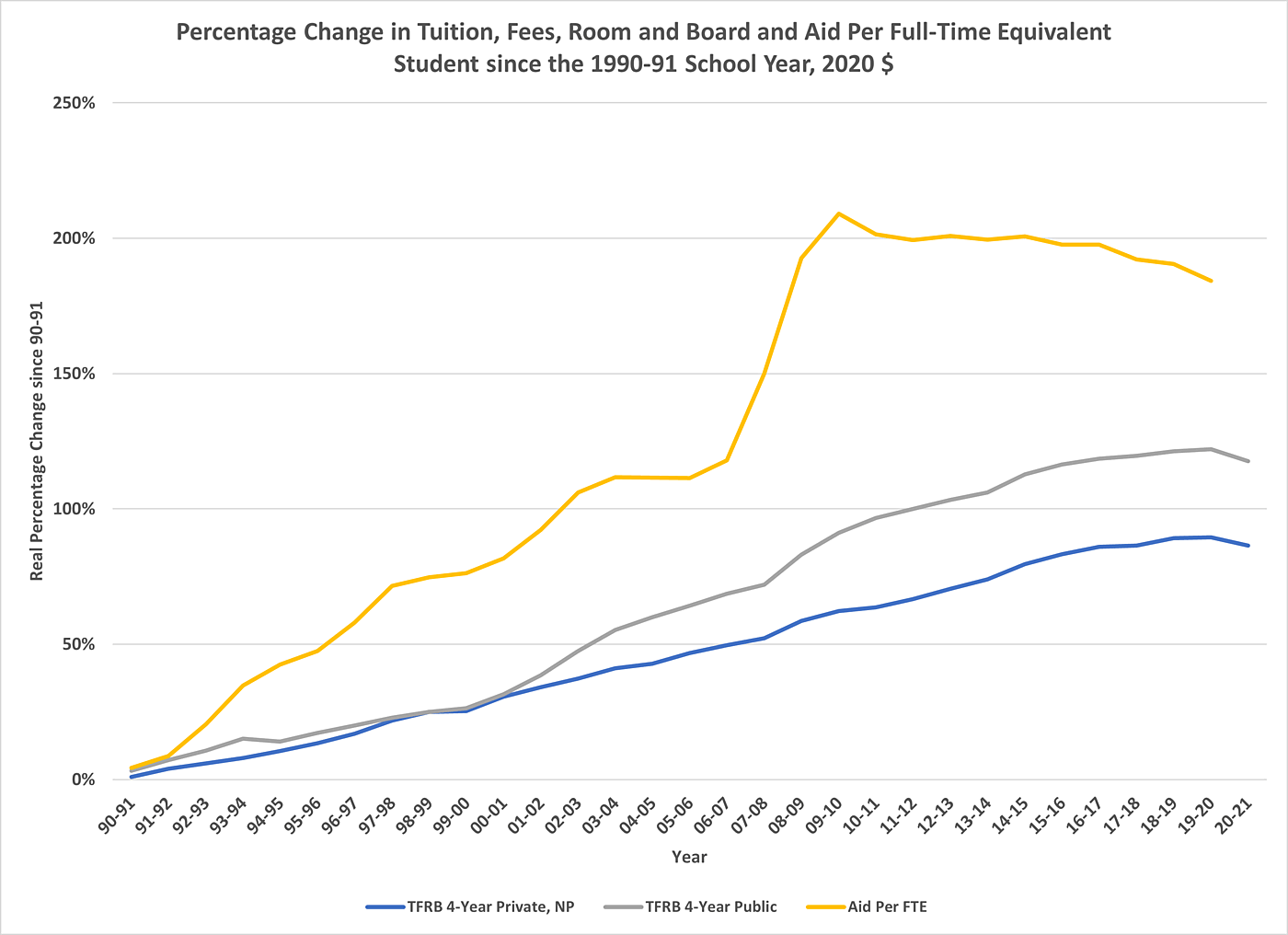Official audits show a record of incompetence. Democrats are still giving the tax agency an $80 billion raise.
WSJ editorial.
"The new Inflation Reduction Act has many damaging provisions, but for
sheer government gall the $80 billion reward to the Internal Revenue
Service stands out. The money will go to hire 87,000 new employees,
doubling its current payroll. This is also doubling down on
incompetence, as anyone can see in the official reports of the Treasury
Inspector General for Tax Administration (Tigta).
We’ve
read those reports for the last several years so you don’t have to, and
the experience is a government version of finding yourself in a blighted
neighborhood for the first time. You can’t believe it’s that bad. The
trouble goes beyond the oft-cited failures like answering only 10% of
taxpayer calls, or a backlog of 17 million unprocessed tax returns. The
audits reveal an agency that can’t do its basic job well but will
terrorize taxpayers whether deserving or not.
***
Consider
the agency’s chronic mishandling of tax credits. By the IRS’s own
admission, some $19 billion—or 28%—of earned-income tax credit payments
in fiscal 2021 were “improper.” The amount hasn’t improved despite years
of IRS promises to do better.
•
A January Tigta audit found that an estimated 67,000 claims—totaling
$15.6 billion—for the low-income housing tax credit from 2015 to 2019
“lacked or did not match supporting documentation due to potential
reporting errors or noncompliance.”
• A May
audit found that 26% ($1.9 billion) of its American opportunity tax
credits for education expenses were improper in fiscal 2021, and 27%
($541 million) of its net premium tax credits (ObamaCare) were improper
in fiscal 2019 (the most recent year it estimated). The same May audit
said the IRS acknowledged that 13% ($5.2 billion) of its enhanced child
tax credit payments were improper.
•
How did it handle $1,200 stimulus checks, the sick and paid family
leave credit, or the employee retention tax credit? Unknown, since the
agency didn’t estimate failure rates—for which Tigta rapped its
knuckles.
•
A September 2021 audit found the IRS in 2020 issued 89,338 notices to
taxpayers insisting that “balances were owed even though the taxes were
not actually due.” Why? Because the feds had extended the filing
deadline amid Covid but the IRS apparently didn’t notice.
•
A February audit found the IRS department responsible for ensuring
retirement-plan tax compliance suffered a 23% decline in the quality of
its examinations from fiscal 2018 to fiscal 2020. In the past seven
months, Tigta has issued searing reports on IRS mismanagement of
everything from its partial-payment program for delinquent taxpayers, to
its auditing of partnerships, to its struggle to handle internal
employee misconduct.
•
This ineptitude extends to programs Democrats insist will now raise
revenue—those targeting higher earners. In 2010 Congress passed the
Foreign Account Tax Compliance Act, which was supposed to identify
wealthy Americans using undisclosed foreign accounts. Congress’s Joint
Committee on Taxation said this would raise some $9 billion in revenue
by fiscal 2020. Yet an April Tigta audit noted that while the IRS has
spent $574 million to implement the law, the agency has drummed up only
$14 million in compliance revenue.
•
A July 2021 audit related the failure of the IRS
small-business/self-employed division’s strategy, which began in 2010 to
examine more returns from “high-income individual taxpayers.” The IRS
defines high earners as those with income greater than $200,000. Yet
from fiscal 2015 to the end of fiscal 2017 (when the strategy was shut
down), 73% of returns targeted by the strategy fell below $200,000.
Democrats
say a turbocharged IRS won’t pursue taxpayers earning less than
$400,000, but don’t believe it. Middle-income Americans are easier
marks, as they are more likely to write a check than engage in years of
costly litigation.
***
The
Tigta site shows the IRS is good at one thing: punishing those who
resist its demands. A March audit chastised the IRS for using lien
foreclosure suits to confiscate “principal residences” from delinquent
taxpayers, a process that does “not provide [taxpayers] the same legal
protections as seizures.”
A
March 2017 report related the agency’s crackdown on businesses flagged
as potentially evading a law that requires financial institutions to
report currency transactions exceeding $10,000. The IRS took to seizing
property from its targets before even conducting interviews. Tigta
reports that even when interviews were conducted, the IRS failed to
advise the accused of their rights or the purpose of the interview, and
failed to consider “realistic defenses or explanations.” Tigta found
that “most” of those targeted (owners of gas stations, jewelry stores,
scrap-metal dealers, restaurants) had not committed crimes, though many
were never able to regain their property.
This
is the IRS that Democrats are now arming with more money and manpower
to unleash on Americans. The $80 billion is a demonstration of their
priorities, and further proof of the rule that failure in government is
invariably rewarded with a bigger budget."
